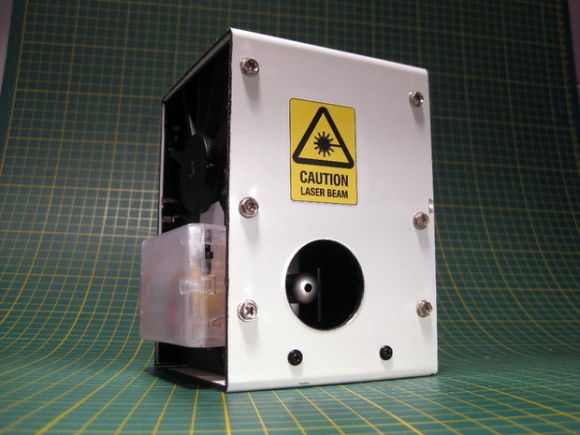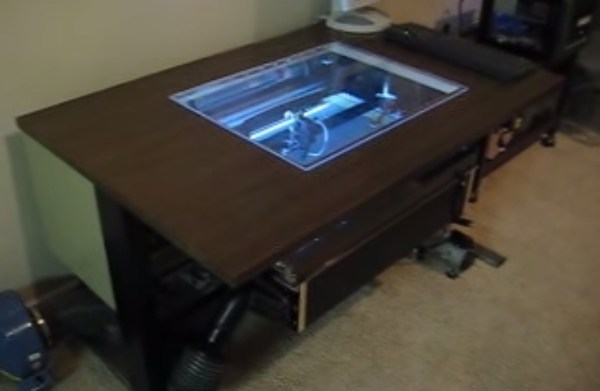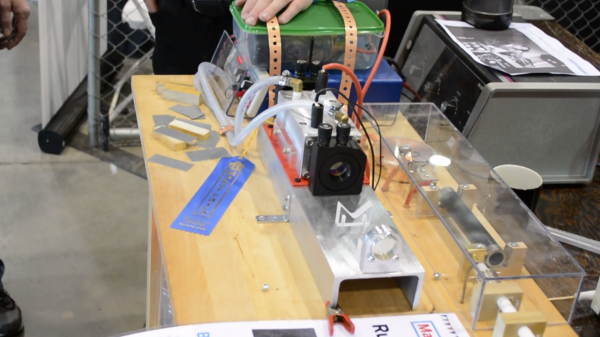
If you’re one of the lucky ones who has access to a laser cutter, you’re definitely going to want to check out [Aaron Porterfield’s] latest work. He’s been experimenting with making flexible wood.
We’ve all probably seen wood cut with slots added to allow flexibility in a single direction, but did you know with the use of lattice hinges you can do so much more? [Aaron’s] been playing around with parametric patterns and has made some really cool examples — the best part is, he’s sharing them all for free (both .DXF and vector files)!
His main goal was to create a pattern that is in flexible in multiple directions, which he almost achieved — but the really cool thing he figured out was creating a pre-formed curved surface by mapping the bend in Photoshop first…
Continue reading “Making Flexible Wood Using A Laser Cutter”


 If you already have a 3D printer, you already have a machine that will trace out gears, cogs, and enclosures over an XY plane. How about strapping a laser to your extruder and turning your printer into a laser cutter?
If you already have a 3D printer, you already have a machine that will trace out gears, cogs, and enclosures over an XY plane. How about strapping a laser to your extruder and turning your printer into a laser cutter? 












